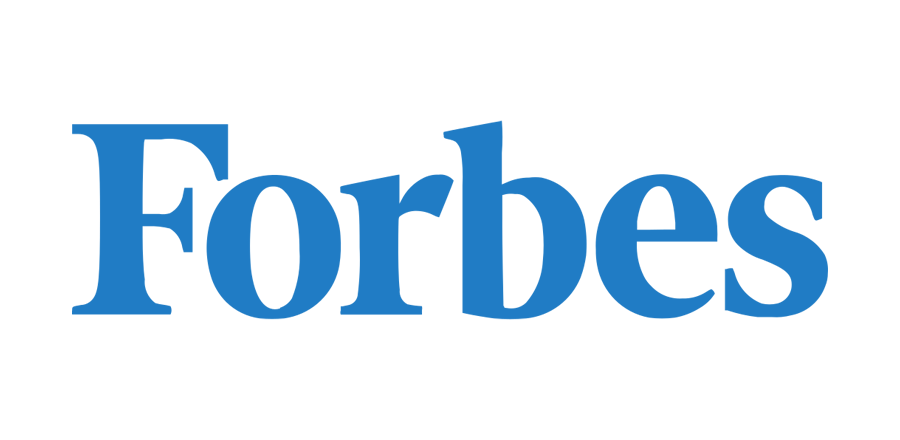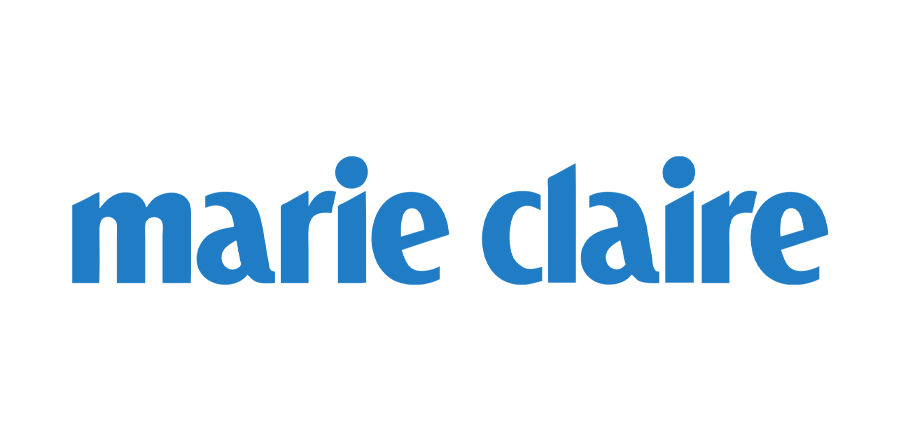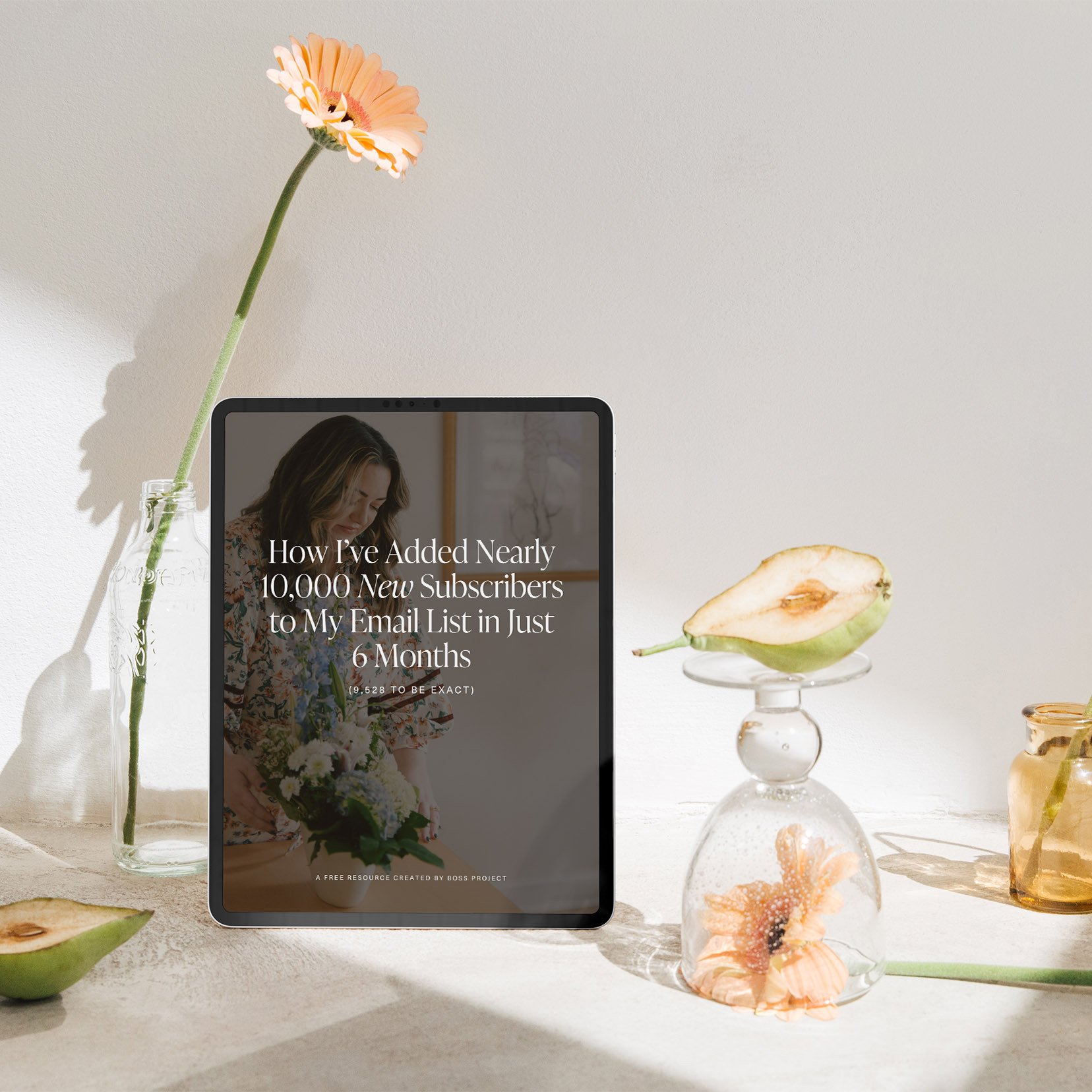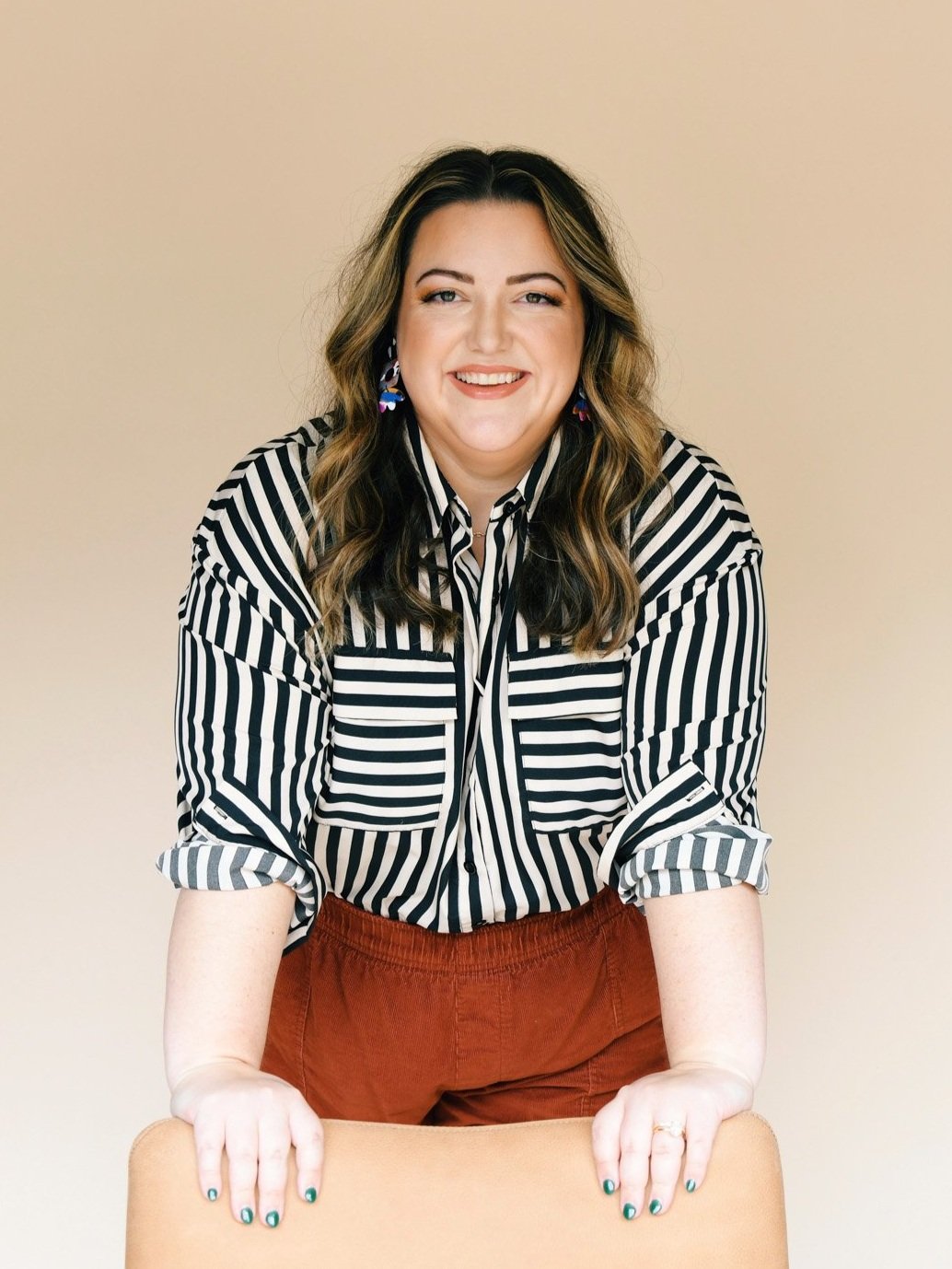
business insights
More to Read
fan favorite
100 Profitable Digital Product Ideas
Plus, a totally free challenge to kick you into action and get this baby launched.
15 Ways You Could be Using Canva Right Now
Whenever we need to create quick graphics, Canva is always our go-to. The user-friendly interface and intuitive builder makes it ridiculously easy to create graphics for practically anything we need. It’s the perfect graphic design tool for business owners looking to create marketing assets themselves because anyone can use it, no matter if you have little to no graphic design experience or you’re an award-winning designer. (Our in-house designer for Boss Project, for example, still uses Canva for many of our graphics.)
But what would you actually use Canva for? Anything, really! In fact, we can think of at least 15 ways you could be using Canva right now, which we’ll cover in this blog post.
Canva vs. Picmonkey, Which is the best photo editor and why
Canva and Picmonkey are two of the largest editors for those looking for a quick and simple way to create designs. If you’re a beginner in graphic design or photo editing, you’ll probably find these two tools to be lifesavers. There’s always the question, though, of which one is the best and why?
In this blog post, we’re going to give a side-by-side comparison of Canva and Picmonkey, so you can decide which would be best for your needs and business!
Canva vs. Adobe, Which one is right for your online business
As a business owner looking to design and create graphics and other marketing materials, it can be super difficult to decide what kind of software you should be using, especially if you have little to no graphic design experience. However, not everyone is at a place where they can (or want to) outsource these things to someone else.
We’re big fans of Canva but with backgrounds in graphic design, we’re no stranger to the Adobe software, like Photoshop and Illustrator. So, we want to give you a comparison so that you can make the final decision on which software is right for your business and needs!
How to Convey Your Personality Through Your Branding
When you think of “branding”, what comes to mind first? We’d venture to guess a popular logo popped up in your head, or a specific color palette. In all actuality, branding is much more than just the visuals that represent a company. It’s also the voice, personality, mission, and tone that make up a brand.
Even if the brand is run by multiple individuals, the brand as a whole should have its own personality that, well, personifies it! It should coax certain feelings from an audience and specifically target a certain group of people.
It all seems very confusing, but by following just a few steps, you’ll be able to intertwine your personality into elements of your branding and successfully convey that to your audience, whether you’re just starting out or in the midst of a rebrand!
The Components of a Successful Brand (6 key elements for success)
As small businesses competing against larger or more well-known businesses, it isn’t as effective to just talk about what you do as a business. The key to standing out is the brand that you build. A recognizable and loved brand is one of the most valuable assets a business owns.
However, a brand is much more than just a name, tagline, logo, and other visuals. Even though these pieces do play a role in the bigger picture, there are other elements that bring it all together.
How Brand Collateral Can Make Your Business Turn Heads
Your branded marketing collateral is like the sidekick to your business. They aid you in marketing and promoting your brand across different mediums, which means they play a huge part in your overall brand strategy.
Your branded marketing collateral is what makes the first impression on people, so it’s important to make sure that each asset is planned and designed to effectively let the market know about your brand story and what you offer.
OK, so it plays such an important role, but what actually is it? Keep reading as we dive into how brand marketing collateral can make your business turn heads, plus the different types of collateral!
How to Create a Powerful Brand Identity (our 5 step guide)
Having a brand that’s authentic means being more in tune with who you are and where your passions lie, as well as the needs of your audience. Spoiler alert: It isn’t just about an amazing logo and a pretty color palette. When you pull together elements of yourself and your personality, the benefits you’ll reap are well worth the extra time and effort it takes to really dive in and build a powerful brand identity.
With all that said, here’s our 5-step guide to creating a powerful brand identity that stays closer to the things you love, the things that represent you and your business, and your personality!
How to Make a Lasting Impression on Customers Through Product Packaging
Starting a product based business is stressful enough. You have to brainstorm ideas for a product to sell, figure out how to bring it to life, develop a marketing strategy, and basically leave the space left on your calendar wire thin.
More often than not, packaging is the last thing you’ll think about because, let’s face it, it’s simply just a way to deliver the product to the hands of your customers, right? Wrong.
In the world of online transactions, the packaging your product comes in may very well be the only physical interaction your customers have with your business, so it’s important to make it a great one.
The time may come as your business grows to invest in some branded packaging. We’re not talking about when you have your own warehouses across the country and are rolling out hundreds of orders per day. In this day and age, branded and unique packaging can be more affordable than you might think.
Keep reading as we dive into the effects of product packaging in today’s world and how to use it to communicate your brand messaging and impress your customers!
Why are My Canva Images so Blurry and What Can I do About It?
There’s no worse feeling than pouring your heart and soul into a graphic you’ve made in Canva that you’re so proud of, only to see that it ends up blurry and overall just crappy quality when you upload it to your website or social media channels.
You try again to no avail. Still blurry. Still suck-y.
So, why are your Canva images blurry, and what can you do to fix it?
We’re here to walk you through how to make sure your creations look clean and crisp every time (and don’t worry, we tried to limit the language to normal-person speak).

Welcome to My Blog
Hey, I’m Abagail Pumphrey!
You know when you are so deeply passionate about something you can’t help but share it? That’s how this blog has felt for the last decade. I’ve written about my latest strategies, tech how-tos, experience with scaling and so much more. I hope you find just what you’re looking for. We’re here to help!









-

Free Challenge
<hr>
-

Free Training
-

Free Download
<hr><h4>How I Added 10,000 Subscribers to My Email List</h4>











